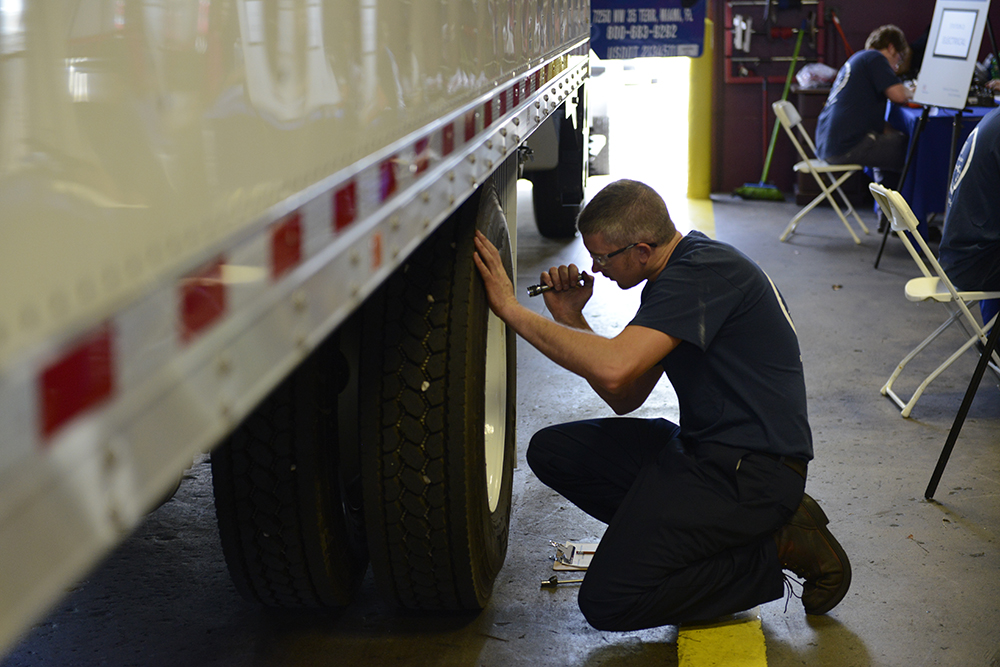There was both anticipation and dread when the ELD mandate was first proposed and then enacted. So what are the results?
Data is still being gathered on the effects ELDs have had on the trucking industry and on road safety issues. The ELD mandate was first proposed in 2012 and became mandatory in December 2017 (the only exceptions are those fleets that had already equipped their vehicles with AOBRDs prior to December 2017. They will need to be compliant by December of this year by equipping their fleet with ELDs that meet published specifications).
Just this past week, two articles in Transport Topics addressed the benefits fleets, both large and small, were reaping from ELDs and how to read the reams of data that this technology is producing. Initial concerns were that companies would see a decrease in productivity and an increase in spending due to the need to add drivers to haul freight in order to be in compliance. The other side of this argument was that getting digital HOS rather than through logbooks would, in fact, result in safer roads. Other concerns were that smaller fleets would be at a distinct disadvantage and that drivers, overall, would feel like they were being micromanaged.
Decrease in productivity?
With a booming economy and capacity tightness at historical highs for the past couple of years, any downturn will have to be looked at through a variety of variables, only one being ELDs. So at this point it would be hard to make a definitive statement as to whether or not the ELDs in and of themselves have had any impact on productivity. This is one of those areas that will need to be followed closely no matter what happens to the economy overall.
What we do know is that the data provided can help fleets make some smart operational decisions. In the Transport Topics article “TCA’s Heller: ELD Data Already Transforming Trucking” Dave Heller, vice president of government affairs for the Truckload Carriers Association noted that smart fleet managers were “already using ELD data to determine corridors where freight is hot and adjust their operations accordingly.
Increase in safety?
For this issue, it will again take some time to arrive at a conclusion since the FMCSA’s latest report on truck accidents and fatalities covers 2017 statistics, meaning the ELD mandate was not yet fully implemented. However, Heller does address this issue by citing a Northwestern University study which points out that accidents have not decreased since the ELD mandate went into effect.
Heller highlights how good intentions can have their downside. As he said in a speech last month before the Machinery Haulers Association, “ELDs were never going to make you safer. They are a compliance tool. It is the Hours of Service which will help make your operations safer.” What the ELD data does show is the need for more flexible HOS rules to help deal with industry issues like detention. This data, Heller notes, “confirms that drivers who have been detained often drive faster to make up lost time for an extended period after they get on the road.” And we know that speed directly correlates with accident rates.
Smaller companies feeling a pinch due to ELDs?
One of the biggest concern was that smaller companies would be at a distinct disadvantage. Yet smaller firms are finding that, in reality, ELDs are helping them stay competitive with some larger organizations. The other Transport Topics article from last week, “How Logistics Technology Is Helping Small Carriers and Brokers Compete,” found that ELD-driven telematics have helped smaller companies by basically forcing them to develop an online capability.
The article quotes an electric log provider, Shoaib Makani, who said, “The ELD mandate essentially catalyzed the adoption of telematics devices. It brought connectivity to a segment of the market that was totally disconnected. The small carriers were offline, and they’re the ones that are carrying spot freight.” But because they had no visibility to shippers, smaller carriers would suffer. Connectivity and an online presence has increased their prospects and made them competitive.
With the huge amount of data ELDs are expected to provide, these and many other issues and concerns will need to be looked at continuously. We may find that the results two years, five years, ten years out and beyond will show how ELDs truly impact the industry.





